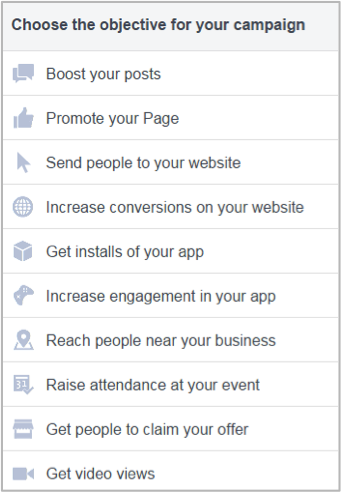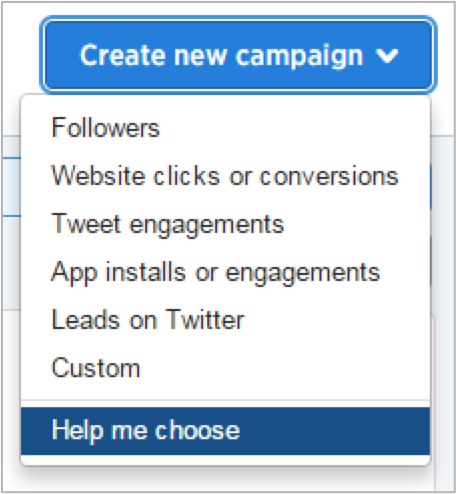This post is part of our Digital Marketing 101 series. Sign up to get the full series!
This post is the fifth in a series of six posts we’re calling “Digital Marketing 101,” in which we have broken up the General Assembly Digital Marketing class into six bite-sized chunks for those who are considering entering the digital marketing space, or who need a primer on the basic building blocks of digital marketing. The first four posts covered:
Up to this point, if you were building a new business or a digital marketing strategy for an existing business, you’ve determined your brand strategy, voice, and keywords, written down your Key Performance Indicators (KPIs), have a solid grasp of the marketing reach you need to achieve to hit your revenue (or lead) goals, and you have a clear strategy for creating and publishing marketing content.
But you still haven’t spent any money on marketing. For many small businesses and startups, you might skip this 5th step if you simply don’t have the budget to pay for search and social marketing reach. However, if you have any budget at all, even just $25 or $50 of $100 per month, the reach you can achieve by targeting your audience on search and social has never been more cost-efficient.
Here are the 5 questions you must answer before you engage in spending money on search and social advertising:
- Budget – how much money can you spend each month? Spending a lump sum once is useless.
- Goals – what specifically do you want to accomplish with your ad?
- Audience(s) – who exactly are you trying to reach, and why?
- Message – what is the message you want your audience(s) to hear?
- Content – What types of content (text, image, video, or combination) will you show your audience(s)?
Once you’ve answered the points above clearly, concisely, and in a manner consistent with your brand and strategy, you should be well on your way to deciding which of the following advertising channels will work best to reach your desired audience. No channel is one-size-fits-all, so you should understand the strengths and weakness of each channel, and what they are good for. The chart below will help you through that decision.
Google, Facebook, and Twitter are usually regarded as the easiest to use because their processes for conducting an ad campaign are extremely simple. Google owns 98% of the search advertising traffic, so if you learn to use the Google Keyword Planning Tool in Adwords, you are almost guaranteed to get traffic, but you must remember that every click costs you money.
Facebook has 1.4 billion users, so the reach is fantastic (since you’re paying for it), and because Facebook knows everything there is to know about most of their users, the ability to hyper-target your audience is very powerful.
Twitter’s user base is much smaller than Facebook’s, but stronger in many market segments such as technology. Twitter’s campaign planner is very simple, and like Facebook’s, the first step asks you what you’re trying to accomplish.
| Facebook Ad Campaign | Twitter Ad Campaign |
 |  |
The key to any digital marketing campaign is test and measure, test and measure, test and measure until you determine the ad types, channels, message, and audience that get you the best results. What’s very advantageous about any digital ad campaign is that you can conduct a campaign for one day, one week, one month, or any custom length of time, then measure the results.

